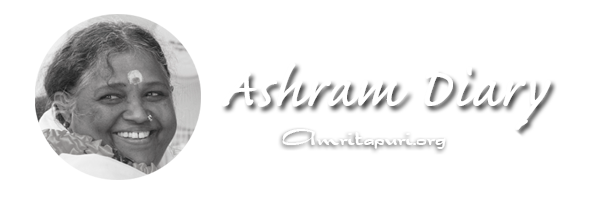Ramayana in Kalari
The heavy rains of monsoon in Kerala make it the wettest and gloomiest season of the otherwise too bright and sunny land. The Kerala month of Karkidakam or the lunar month of Ashaadha falls in the period between mid July and mid August. The astrologers opine that this time period is not auspicious for any endeavours. The vibrations of the time are not positive, say spiritual persons. People, especially the predominantly agriculturist population of Kerala, cannot stir out-doors; they have no work in paddy fields or on farms.
Masters prescribe the sole solution of intense prayers and austerities during the whole month. All over Kerala, in temples and at homes, people gather and engage themselves in pooja and prayers. To bide the time, everyday-reading of the holy epic of Ramayana is also prescribed.
The great Malayalam poet Tunjattu Ezhuttacchan, who wrote Adhyatma Ramayana. He recreated Ramayana in Malayalam in a popular sing-song style called Kilippatt, or the parrots’ way of recitation. It is this very famous text, which is read out in the Ramayana month.
The epic Ramayana has been a guiding light to the people of all times in the land of Bharat. Reading and re-reading it has enriched many hearts, filled and inspired them with righteousness, nobility and enthusiasm. Every episode in Ramayana interacts with the heart of the reader and holds a message or two. Ramayana is water spring of purity.
This is also a time of Amma’s physical absence in Amritapuri. The rainy sky weeps, pouring in torrents, with longing for Amma. Her children miss Her most when She is away on America tour. This time Amma is away in the USA, Canada, and Chile and Brazil of S. America, and for a little more than two months.
Here in the poetic setting of Kalari, every evening after supper, in the presence of many of Amma’s children, senior, western, and all – the Ramayana Parayana takes place. It goes on for the entire month of Karkidakam.
Ashram residents who had been reciters at other temples before continue the reading tradition here. Men and women and a girl student from the School of Engineering take turns in reading sections of the holy book everyday.
In Amma’s absence no festival is any festive for us. The young students are bored without bliss, as they have to wait for Amma for bliss. Such students, many in number, take active part in the bhajan singing following the reading. More enthusiastic participation is seen on weekends, holidays, and auspicious days like Gurupoornima and Kartika.
They sit equipped with all musical gadgets, and sing. They go on with the singing of the popular little song,
Ayodhyavasi Rama Ram Ram
Seetavallabha Ram
Patita pavana
Janaki jeevana
Seetavallabha Ram
for about ten full minutes, with ever increasing speed and rising pitch.
Everyday the program ends around 10 pm after the distribution of the Prasadam.
Sandhya
